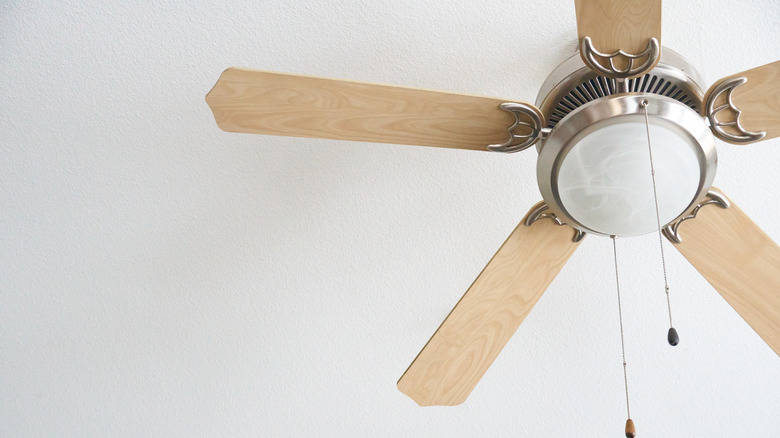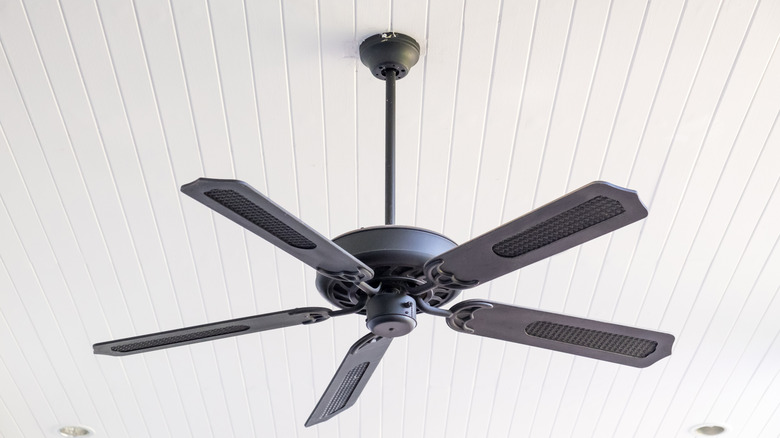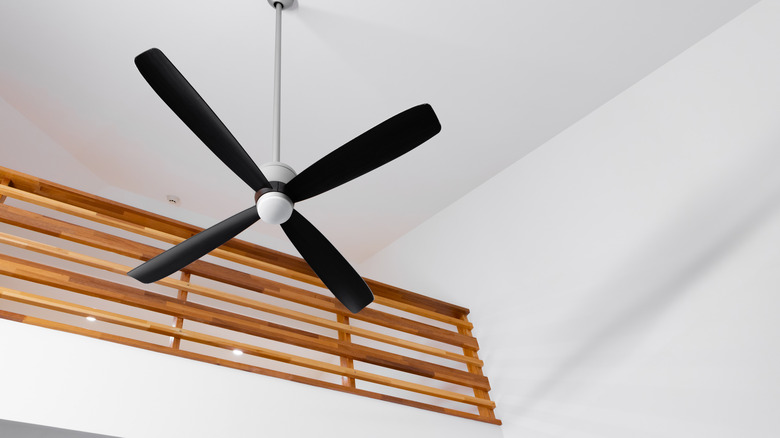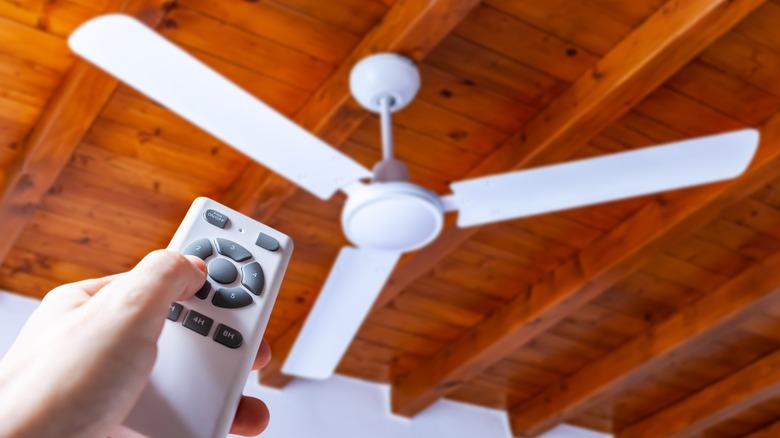3 Tips To Help You Find The Best Ceiling Fan For Your Space
Not all ceiling fans are created equal. With so many different colors, sizes, and styles on the market, it can be difficult to know which one is best suited to you and your space. Installing the right ceiling fan in your living space is not only a great way to boost a room's overall aesthetic and help tie together a space's overall look and vibe; it is also an effective way to ensure maximum airflow, optimize home energy efficiency, and improve the overall comfort level of a space.
However, a beautiful, aesthetically pleasing ceiling fan that looks great in your space won't do any good if it doesn't adequately improve your home's airflow or help cut down on your monthly energy bill. For this reason, Sarah Jacquelyn Interiors suggests zeroing in on a specific style and color only after you determine the proper type of ceiling fan that your space demands for optimal performance.
Size matters
The first thing you need to determine prior to buying a new ceiling fan is what size will best work in your space. According to Lowe's, a ceiling fan's primary purpose is to boost a room's overall air circulation — and selecting the right sized fan plays an essential role in doing so. Sarah Jacquelyn Interiors adds that a ceiling fan's size is determined by blade span, and can be measured from the tip of one of the blades to the tip of the blade directly across from it.
According to Sarah Jacquelyn Interiors, choosing the right size ceiling fan all comes down to the size of the fan in relation to the rest of the room. A small fan in a large, open room will not be able to provide sufficient air circulation; while a fan that is too large will look out of proportion to the rest of the room and will not adequately be able to circulate the air directly below it.
In spaces that are less than 100 square feet, a blade span of 29 to 36 inches is recommended, while blade spans from 40 to 50 inches are best suited for slightly larger rooms up to 150 square feet. Rooms up to 350 square feet will receive maximum air circulation with a blade span of 52 to 60 inches, and any rooms larger than that may require more than one fan.
Height helps determine airflow
The way a ceiling fan hangs is nearly as important as its size, and according to The Home Depot, the distance your fan is from your ceiling plays a huge role in impacting airflow and circulation. The distance from the floor to the blades of your ceiling fan should ideally be around 8 feet, as fans that hang too tight to the ceiling can trap air instead of moving it around. Conversely, fans that hang too low in a room can impede on your living space and struggle to circulate air effectively.
Home Depot notes that the mounting style of a particular ceiling fan helps determine the height at which it will hang. Flush-mounted ceiling fans are mounted directly to the ceiling, and are ideal for rooms with particularly low ceilings, while downrod-mounted fans hang lower and are best suited in larger, more open rooms with ceilings that are more than 8 feet tall.
Consider functionality features
The way a ceiling fan is controlled is also an important factor to consider when selecting one for your living space. While a standard pull chain that hangs directly from the fan itself is a simple and easy option for those with lower ceilings, it isn't nearly as practical for those with higher ceilings. A fan operated by remote control or a button or a switch on the wall might be more ideal. Alternatively, as more people are turning their homes into smart homes, a ceiling fan that can be controlled by a smartphone or device might be the most appealing option for some homeowners, per The Home Depot.
Additionally, whether or not you choose to install a ceiling fan with a light fixture is another important functionality decision. While Lowe's says that most ceiling fans are sold with a light kit, rooms with a lot of natural light or rooms that already have lighting installed don't necessarily need the additional light that a ceiling fan with a light kit can provide.



